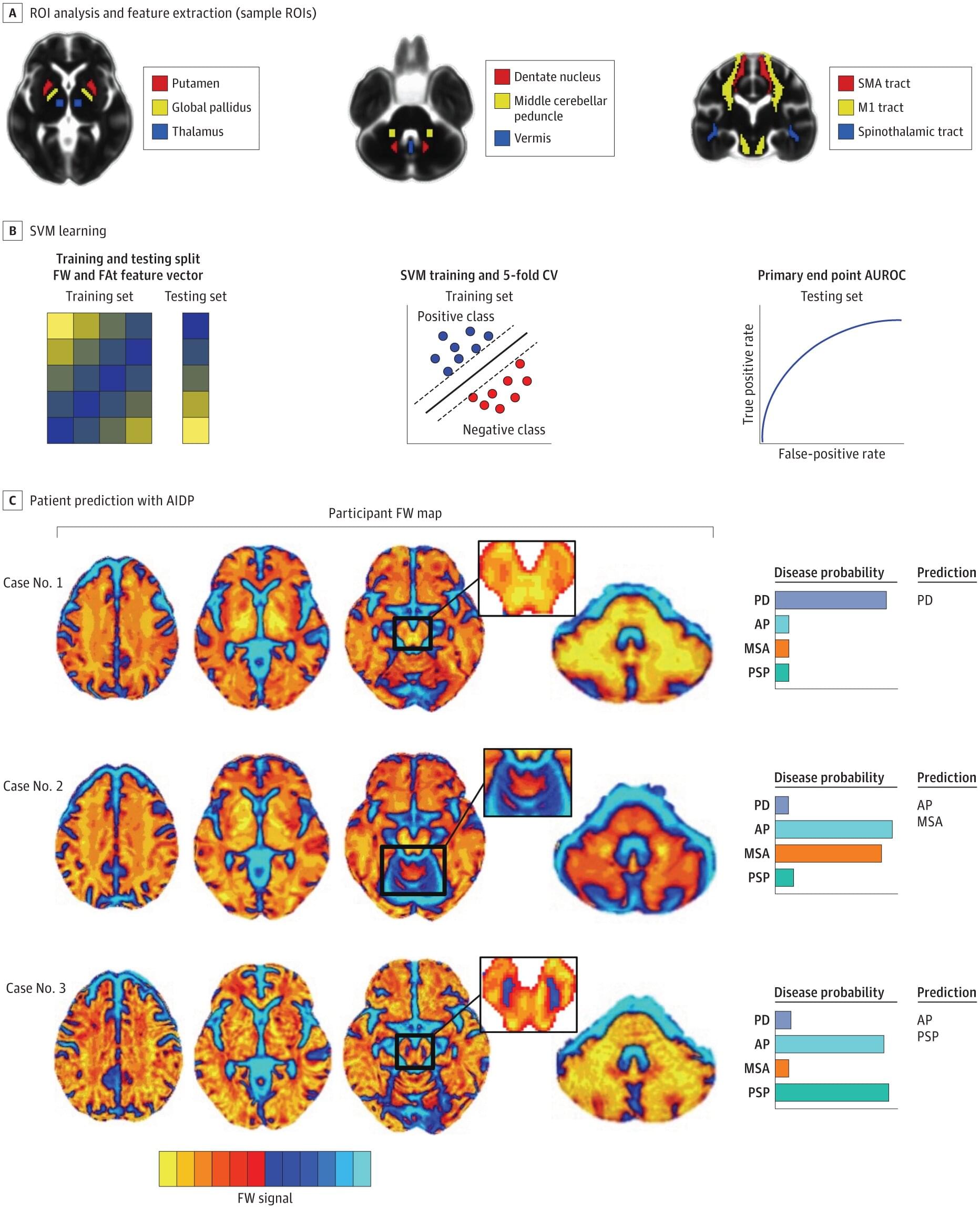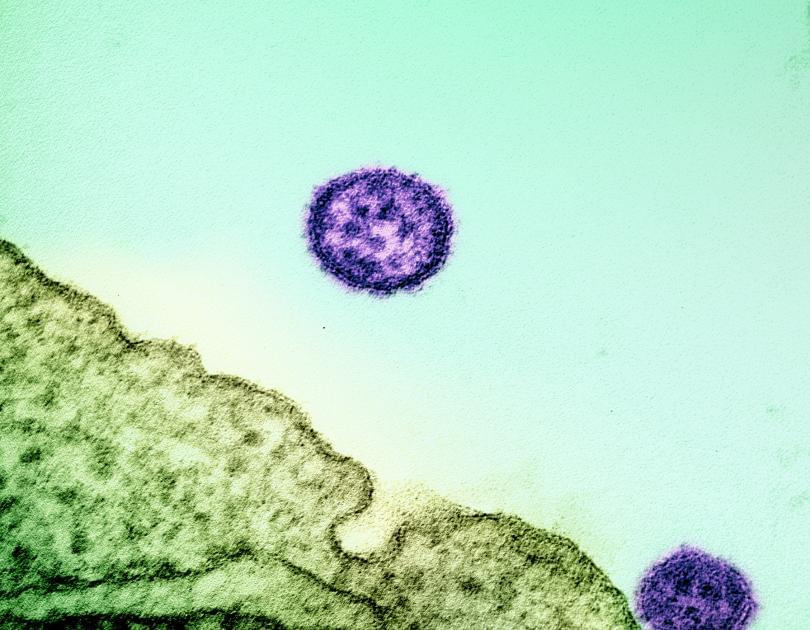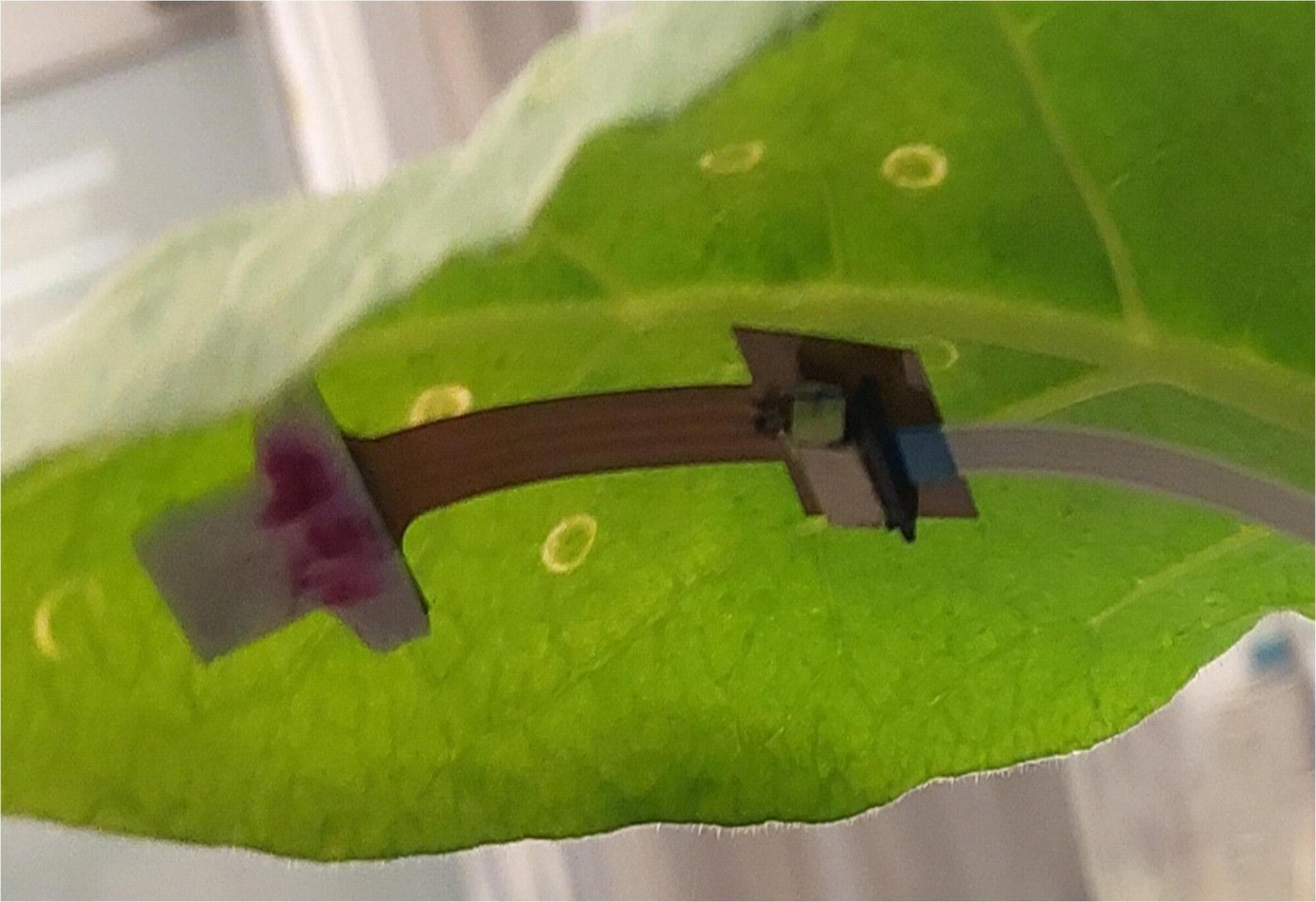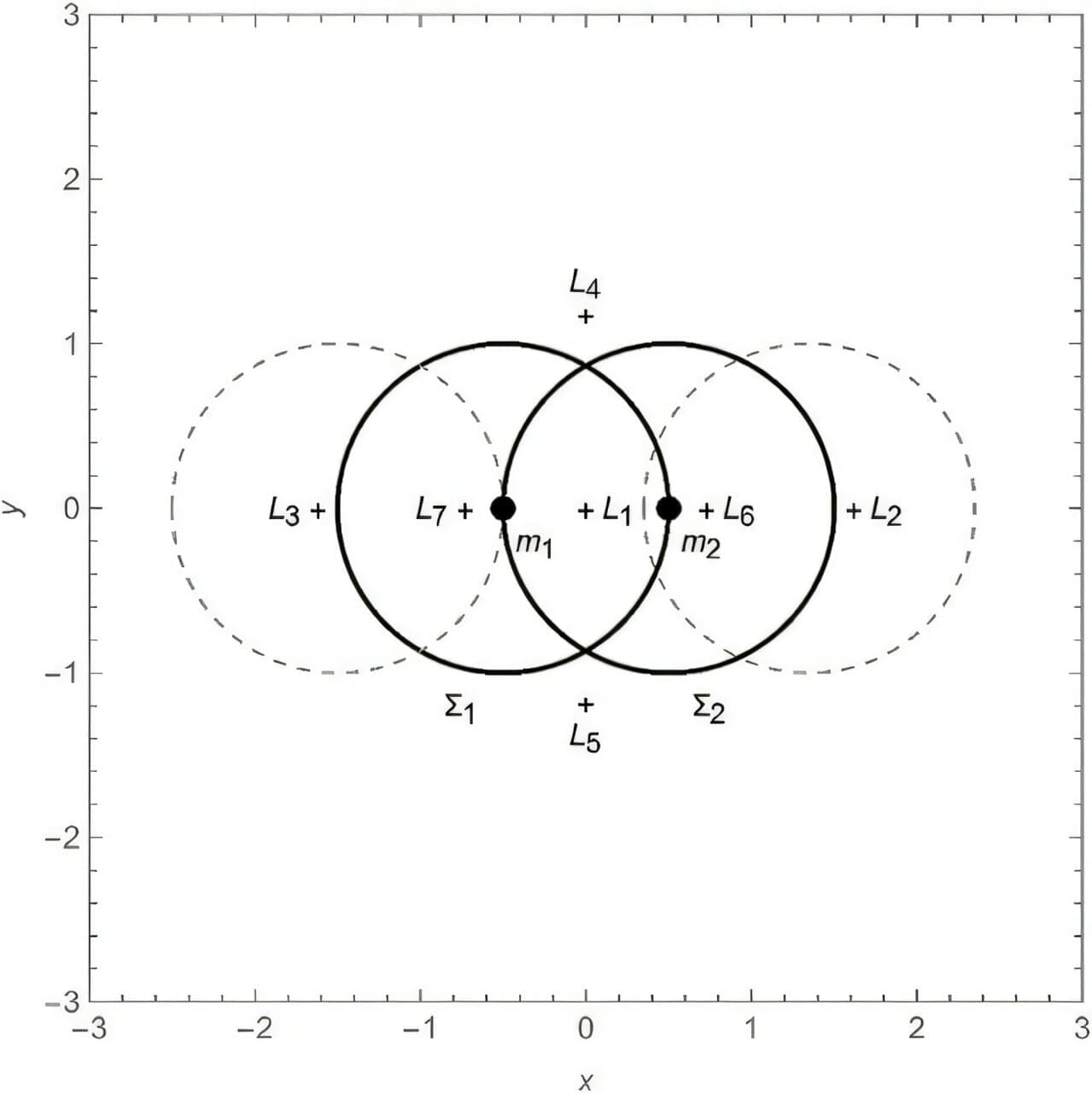University of Florida researchers have led a multicenter study demonstrating that Automated Imaging Differentiation for Parkinsonism (AIDP), a machine-learning method using magnetic resonance imaging (MRI), accurately distinguishes Parkinson’s disease (PD) from atypical parkinsonian disorders. Findings suggest this approach could significantly improve diagnostic precision and clinical care.








